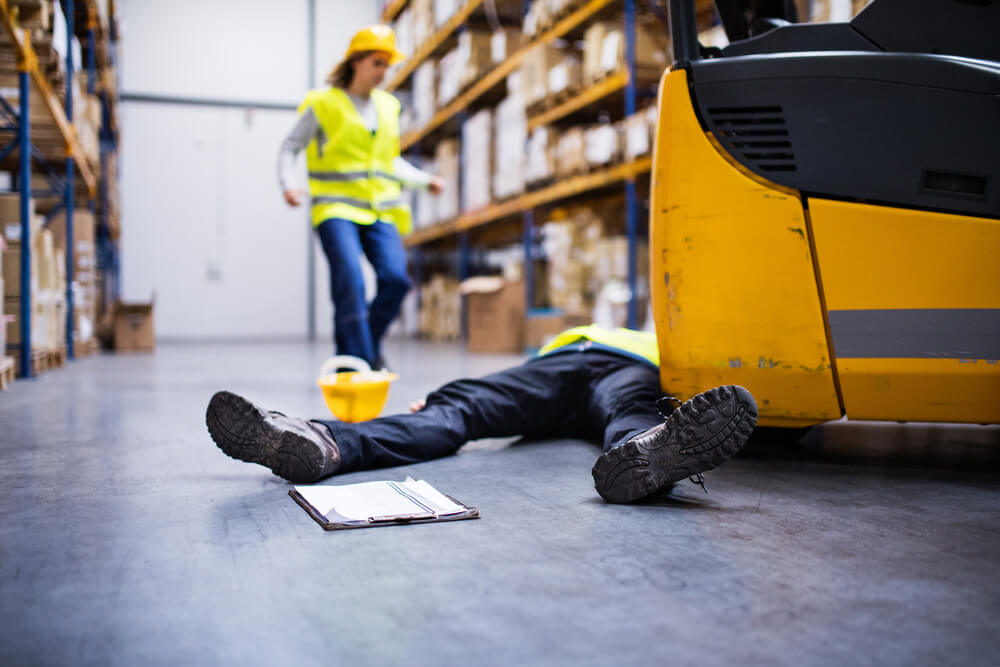2 Immediate Things To Do During A Medical Emergency

Emergencies happen all the time. If you’re prepared and have sufficient knowledge, you can help mitigate the situation and assist in any way you can to prevent the injury or sickness from worsening.
That’s the beauty of knowing first aid. You can have the ability to save someone’s life during fateful circumstances, like accidents or medical emergencies. Or if not save a life, at least help in not making the situation spiral downhill fast.
What Is A Medical Emergency?
A medical emergency is any situation that puts a person’s life at risk. It could be an acute illness, life-threatening injuries from an accident, or a mental illness causing a person to behave irrationally. If you’re in a situation where a medical emergency is happening, you have to act fast before an actual emergency responder arrives.
When you’re in the midst of a medical emergency, time is precious. The period between when an accident or sickness occurs until a patient gets medical attention can mean life and death. When a medical emergency happens in your presence, even if you don’t have formal training, you can help. Here are some of the immediate things that you can do:
- Perform Primary Assessment
The primary assessment of an injured or sick person in a medical emergency is crucial because any immediate first aid they receive can prolong their life. To help you remember, the acronym DRS ABCD can help you:
- D – Danger. Assess the danger in the situation the person is in. The threat that has caused the medical emergency might still be present. It could be a live wire, fire, falling objects, earthquake aftershocks, flooding, or dangerous animal. In helping someone, you also need to be aware of your safety because if the one helping gets injured, it would be a more significant challenge to tackle.
- R – Responsiveness. Check the person’s responsiveness. Are they conscious, semi-conscious, or unconscious? If the victim is conscious, you can ask them their name, if they can see or hear you, or other pertinent information that will be useful when the EMS arrives.
- S – Send for help. Once you’ve assessed the danger and the person’s responsiveness, you can call for help by calling the emergency hotline or shouting for assistance nearby. Once you have them on the line, you can put the phone on speaker mode. They can help instruct you on the relevant medical actions you may not know to perform.
- A – Airway. Check the person’s mouth because bits of food or fluid might block the passageway. If you notice fluid obstructing, you can roll them on their side to let it come out. And if there’s food, you can scoop it out using a finger sweep with a gloved hand. If there’s no fluid or food and they still have trouble breathing, you may perform the head-tilt chin-lift maneuver. Please do this by gently placing your palm on their forehead and pushing it slightly backward, then lifting the bony part of their chin with your other hand. It will help them breathe, especially if their tongue has fallen back and blocked their airway.
- B – Breathing. Check if the person is breathing. You can quickly tell if they are if you see their chest rise and fall. You can also tell by their skin color or pallor. Another way to check if they’re breathing would be to put your ear close to their mouth to listen. With this, you can hear the sound of their breath for at least 10 seconds. If they’re breathing, you may put them in a recovery position, which would be on their side. If not, you need to perform the next step.
- C- Compression or CPR. It is crucial because it ensures that the blood flows back to the brain when the heart has stopped functioning. Brain damage and death can occur within four to six minutes when the heart has stopped beating but nothing is done to the patient. So, you should practice CPR to ensure you administer it well when the situation requires it.
- D – Defibrillate. This device sends a controlled electric current to restore the heart’s rhythm. First responders have this with them, and this is vital to perform before sending the patient to the hospital.
These things take time to learn. You can’t just execute these steps on a victim because doing so without prior knowledge may worsen their situation. It’d help if you train for this or watch tutorial videos from relevant authorities to ensure you execute these steps well when needed.
- Perform Secondary Assessment
Once the patient has been resuscitated and stabilized, a more thorough examination is needed to check for other injuries. It is done by doing a head-to-toe exam. Check for bleeding and fractures starting from the head down. Look for bruising, swelling, and deformities. You may also check for identification and if the person is responsive, ask them pertinent questions.
A secondary assessment is essential after you have addressed the initial problems that are more life-threatening. It is vital because all the information you have gathered and will relay to the EMS when they arrive can be crucial in treating the patient.
Conclusion
In a medical emergency, whether at home or outside, any valuable contribution that could extend the life of a human being is priceless. Adequate knowledge of how to respond can be the key to giving somebody their life back. Being calm and acting fast through the acronym DRSABCD can help anybody in this situation.

